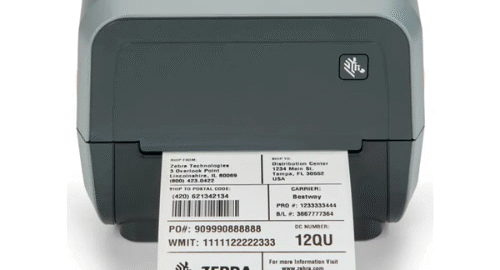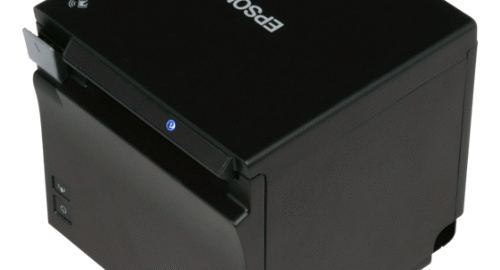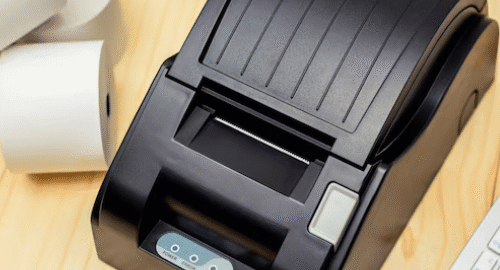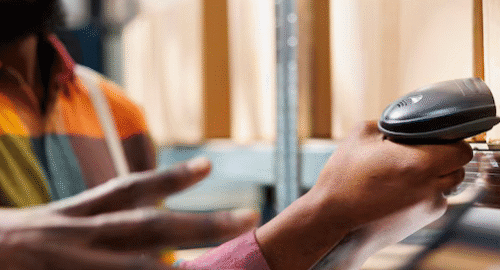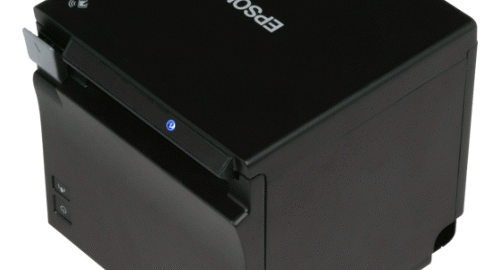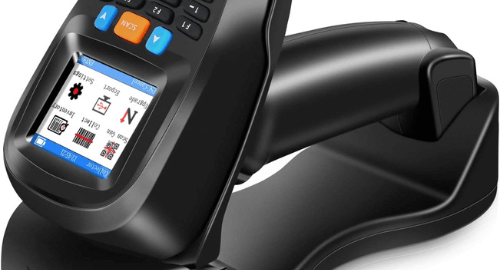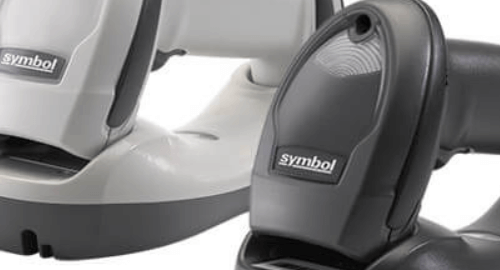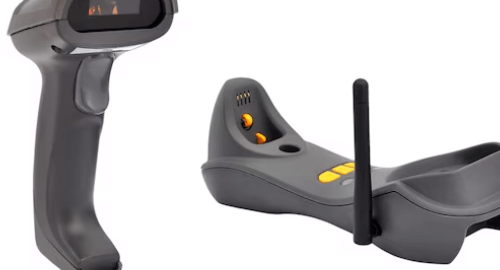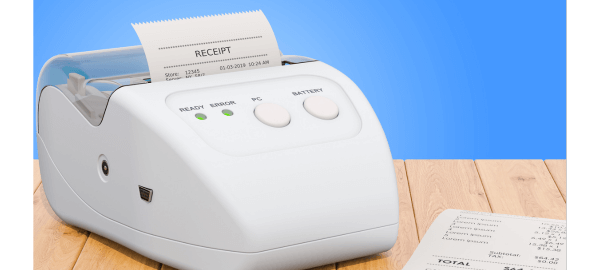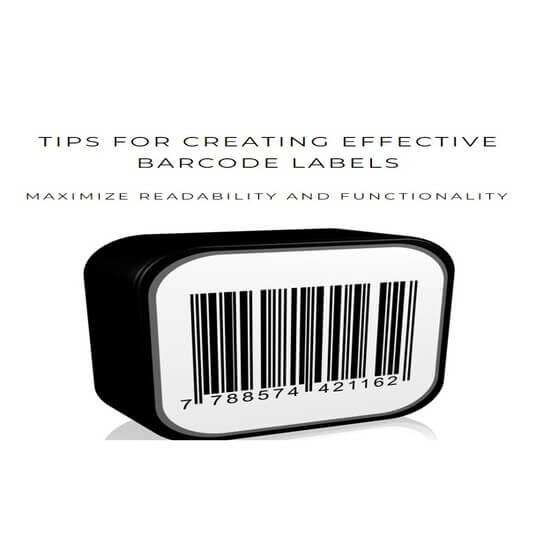
In many different businesses, the effectiveness and precision of point-of-sale, tracking, and inventory management systems depend on the creation of barcode labels. In addition to streamlining procedures, a well-designed barcode label reduces errors and conserves time and money. We’ll go over important design advice for creating robust and usable barcode labels in this blog.
Understanding Barcode Requirements
The first step in creating a barcode label that works is knowing the particular specifications of your application. Different kinds of barcodes, such as UPC for retail products, QR codes for marketing and information sharing, or Code 128 for logistics and transportation, may be needed for different processes and industries. Every barcode scanner has specific requirements regarding readability, data capacity, and size. Take into account the setting in which the barcode will be utilized as well, since this will affect the selection of adhesive and material.
Choosing the Right Barcode Type
Selecting the appropriate barcode type is pivotal. For instance, 1D barcodes are ideal for products with a limited amount of information, like price or identification numbers. In contrast, 2D barcodes, such as QR codes, can store more data, including URLs, images, and multiple data types. The choice depends on the amount of data you need to encode and the space available on your label.
Designing for Clarity and Readability
- Size Matters:.Your barcode’s legibility is impacted by its size. Make sure the barcode on your product or packaging is large enough for your equipment to scan it quickly, without making it take up too much room. Another important element for readability is the silent zone, or the blank space surrounding your barcode, which you should account for in your design.
- High Contrast Colors: When there is a significant contrast between the barcode and the surrounding area, it is easiest to read barcodes. Black bars work best when placed against a white background. Steer clear of hues that are hard for barcode scanners to discern or blend together.
- Orientation: The barcode’s orientation can influence how quickly it is scanned. Even while many contemporary barcode scanners can read barcodes in any orientation, scanning can be sped considerably, particularly in high-volume settings, if your barcode is aligned in a constant orientation.
Material and Print Quality
Your barcode label’s durability is determined by the print quality and material used. Consider choosing materials that are resistant to weather, abrasion, and chemicals in severe locations, such as outdoor settings, warehouses, or regions where chemicals are present. To minimize the time spent on manual inputs or rescans, every barcode must scan accurately the first time, which requires great print quality.
Testing and Validation
It’s crucial to test and evaluate your barcode labels in real-world settings before implementing them. This include evaluating their endurance over time and in many climatic circumstances, as well as testing with the scanners and equipment that will be used to read the labels. By validating your barcodes, you can be confident they adhere to industry standards and are simple to include into your operational routine.
Consider the Human Element
While barcodes are designed to be read by scanners, it’s important to consider the human element in your design. Including human-readable elements, such as the product name or a serial number, can help with manual verification and inventory management. This information should be clearly printed and easily accessible without interfering with the barcode itself.
Scalability and Flexibility
The versatility and scalability of your barcode label design should be your final consideration. Your barcode printer epson should be able to change and expand your labels with your company to accommodate new technologies, information needs, and product offerings. When you design with scalability in mind, you may grow or update your labels without having to completely rework your barcode system.
Conclusion
Combining science and art, effective barcode label design demands meticulous attention to detail, a thorough grasp of industry standards, and consideration for both the technical and human elements of barcode usage. By using these pointers, companies may produce barcode labels that are scalable and flexible enough to meet changing requirements, in addition to being successful and efficient. Ensuring precision, legibility, and reliability in each scan is the ultimate goal, regardless of whether you’re developing labels for retail products, inventory management, or asset monitoring.

